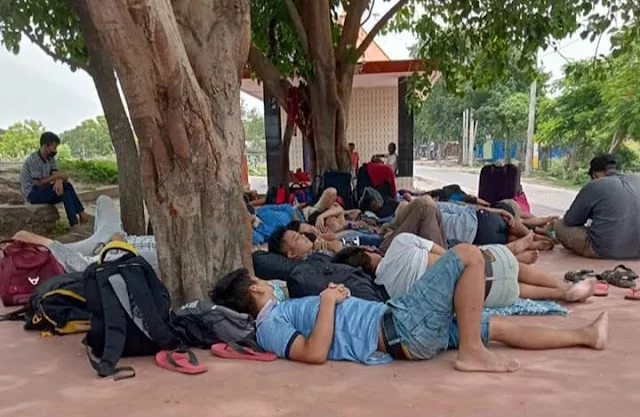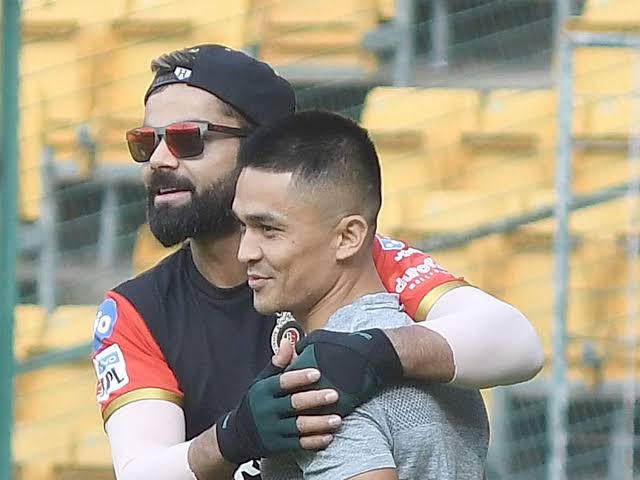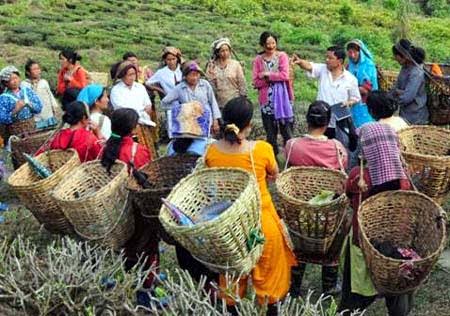Ganju Lama was nineteen years old, and a rifleman in the 1st Battalion, 7th Gurkha Rifles, in the Indian Army during World War II when the following deed took place for which he was awarded the Victoria Cross:
On 12 June 1944, near Ningthoukhong, India , ‘B’ Company was attempting to stem the enemy’s advance when it came under heavy machine-gun and tank machine-gun fire. Rifleman Ganju Lama, with complete disregard for his own safety, took his PIAT gun and, crawling forward, succeeded in bringing the gun into action within 30 yards of the enemy tanks, knocking out two of them. Despite a broken wrist and two other serious wounds to his right and left hands he then moved forward and engaged the tank crew who were trying to escape. Not until he had accounted for all of them did he consent to leave to his wounds dressed.
 |
| To the left Ganju Lama and to the right Two tanks destroyed by Rifleman Ganju Lama, 1st Battalion, 7th Gurkha Rifles, Ningthoukong, 12 June 1944. |
A month earlier, during operations on the Tiddim Road, Ganju Lama’s regiment had surprised a party of Japanese and killed several of them. He was awarded the Military Medal for his part in the action. Strangely though, this award was actually announced in the London Gazette after his Victoria Cross, appearing on 3 October 1944, almost a month later.
Subsequently India got independence. The man from 7 GR who opted to stay back, formed part of 11 GR (Kirati Regiment) which was raised on 01 Jan 1948. The legendary Ganju Lama opted to stay back and joined 11 GR. In 11 GR he rose to the highest rank of Sub Major and was given the honorary rank of Capt and was appointed life time aide-de-camp(ADC) to the President of India. In 1972, he hung up his uniform.He was declared a very important person or VIP for life and was allowed to fly a personal flag on his car with the letters “VC”.
Via GYASA





